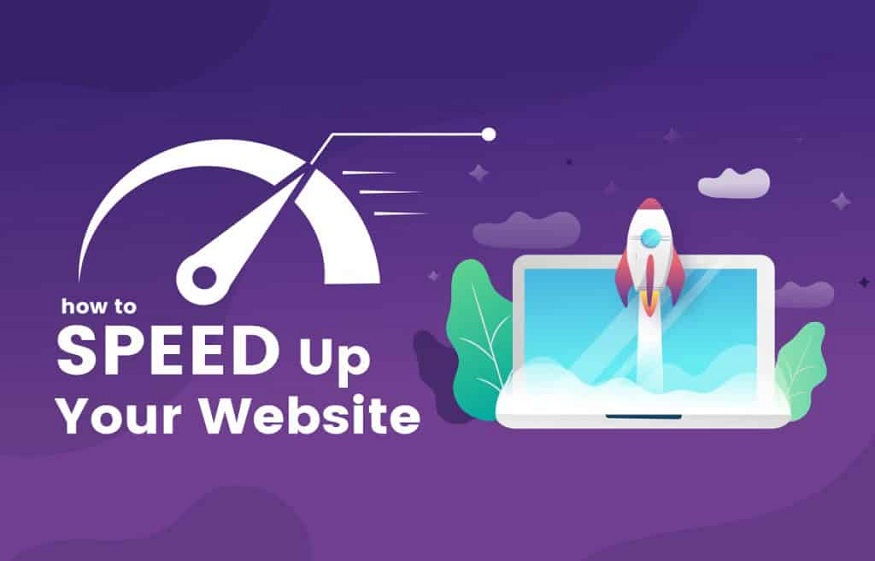Top Tips to Speed up Your Website
You could have the sleekest website loaded with the best content available – if it’s sluggish and doesn’t load properly, you have a problem on your hands. All your hard work on attracting visitors will go to waste if you are unable to keep them. The truth of the matter is, nowadays, loading speed is one of the most important features of a website. Internet users are spoiled for choice, and they have no reason to stick around if user experience is less than stellar. Even a couple of seconds can make a huge difference. Luckily, if your site is just not loading fast enough, there are a few strategies you could try to troubleshoot this issue.

Your Host Matters
The first thing to look into, and one of the first steps in general when making a website, is to make sure you choose the best host who can satisfy your needs. Not every provider will meet your criteria, so feel free to shop around. To avoid falling for empty promises, and then getting subpar quality, it’s best to rely on user experience, online reviews and an overall good reputation. Starting out with a host that doesn’t deliver on its promises doesn’t have to be the end of the world either. Don’t stick with a bad provider because you think you have no choice. There are many hosting companies that offer a quick and efficient website migration service, some of which even go as far as to present you with a series of cheap domain names to choose from.
Mind your images
A great picture speaks volumes – it can often achieve more than a whole article. However, images can also clutter and slow up your site. Of course, that doesn’t mean you should be avoiding them. However, for best results, images usually need optimizing. Huge images will take forever to load – before using them you should always try to bring them to an acceptable size. You can do this by removing some of the color depth, cropping, and removing any comments. When it comes to file format, your best bet are .jpg and .png files. Another thing that can slow you down are empty requests – forgetting the src image code will add traffic by trying to fulfill a request that doesn’t pertain to an actual image.
Streamline your design
A crowded site with plenty of JavaScript, images and animations might seem awesome, but in reality, overcrowding can lead to some serious loading issues. The same goes for burdening your WordPress with a ton of widgets and plugins. Every additional element on your page will make it more sluggish, by adding an HTTP request. The fewer the requests, the faster the site. The same goes for your CSS. While a separate, external stylesheet is always preferable to huge chunks of inline code, bear in mind that every stylesheet adds to the number of HTTP requests. This means its best to have only one stylesheet, if possible. The same goes for redirects – avoid them whenever you can. This is easier said than done but, by working with the best Chicago web design agency you are ensured to have a streamlined design that delivers great performance

Inspect your code
Ideally, your code should be as lean as possible. Messy code makes for sloppy, slow loading. If you are a beginner, writing neat, elegant code might not yet be within your reach. However, there are plenty of great, free tools that will help you analyze and optimize your HTML and CSS code. Not only will you end up with better code and a faster website, you’ll also learn in the process.
Of course, these methods are just the tip of the iceberg when it comes to website optimization. While there are many other things you could to gain speed and achieve the best possible performance, our tips are a great place to start and they should be able to shave off a few of those unwanted seconds.


